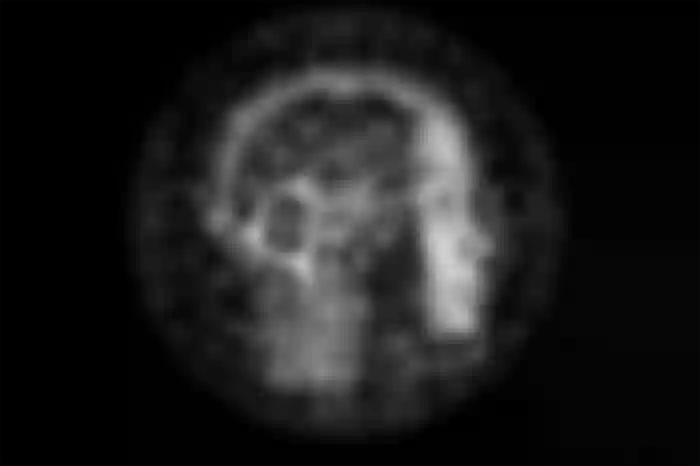Connectivity of Language Areas Unique in the Human Brain
Rundown: Researchers shed new light on how the human mind developed to be language-prepared. Contrasted with the cerebrums of chimps, the examples of associations of language regions in the human mind extended more than was recently suspected.
Source: Radboud University
Neuroscientists have acquired new knowledge into how our cerebrum developed into a language-prepared mind. Contrasted with chimpanzee minds, the example of associations of language regions in our cerebrum has extended more than recently suspected.
The scientists at Radboud University and the University of Oxford distribute their discoveries in PNAS on July 4.
"From the outset, the cerebrums of people and chimpanzees look particularly indistinguishable. The puzzling distinction among them and us is that we people impart utilizing language, though non-human primates don't", says co-first creator Joanna Sierpowska.
Understanding what in the mind might have empowered this remarkable capacity has enlivened specialists for quite a long time. In any case, up to now, their consideration was primarily drawn towards a specific nerve parcel interfacing front-facing and transient curves called arcuate fasciculus, which other than showing huge contrasts between species, is notable to be engaged with language capability.
"We needed to move our concentration towards the network of two cortical regions situated in the transient curve, which are similarly significant for our capacity to utilize language", says Sierpowska.
Imaging white matter
To concentrate on the distinctions between the human and chimpanzee cerebrum, the specialists utilized outputs of 50 human minds and 29 chimpanzee minds examined likewise as people, however under all-around controlled sedation and as a feature of their standard veterinary check-ups.
All the more explicitly, they utilized a method called dispersion weighted imaging (DWI), which pictures white matter, the nerve pathways that interface mind regions.
Utilizing these pictures, they investigated the network of two language-related mind center points (the foremost and back center region of the fleeting curve), looking at them between the species.
"In people, both of these areas are thought of as pivotal for getting the hang of, utilizing and figuring out language and harbor various white matter pathways", says Sierpowska.
"It is likewise realized that harm to these cerebrum regions has inconvenient ramifications for language capability. Be that as it may, up to this point, whether or not their example of associations is exceptional to people stayed unanswered."
New associations in human cerebrum
The specialists found that while the network of the back center transient regions in chimpanzees is restricted for the most part to the worldly curve, in people another association towards the front facing and parietal curves arose involving the arcuate fasciculus as a physical road. As a matter of fact, changes to both human language regions incorporate a set-up of developments to network inside the worldly curves.

"Our discoveries are absolutely physical, so it is difficult to express anything about mind capability in this unique circumstance", says Piai.
"In any case, the way that this example of associations is so one of a kind for us people proposes that it could be an essential part of mind association empowering our unmistakable language capacities."
